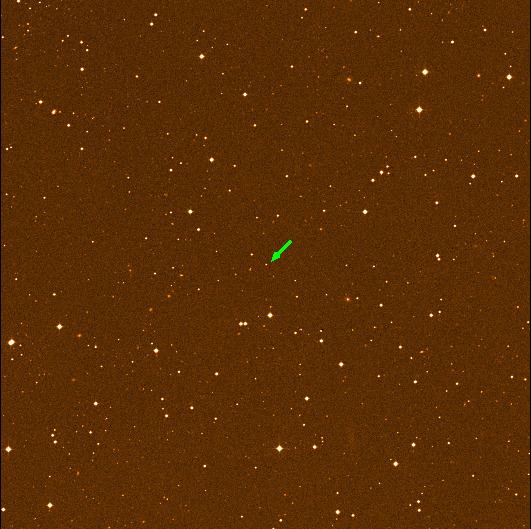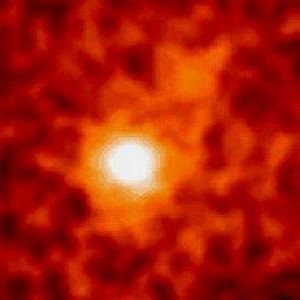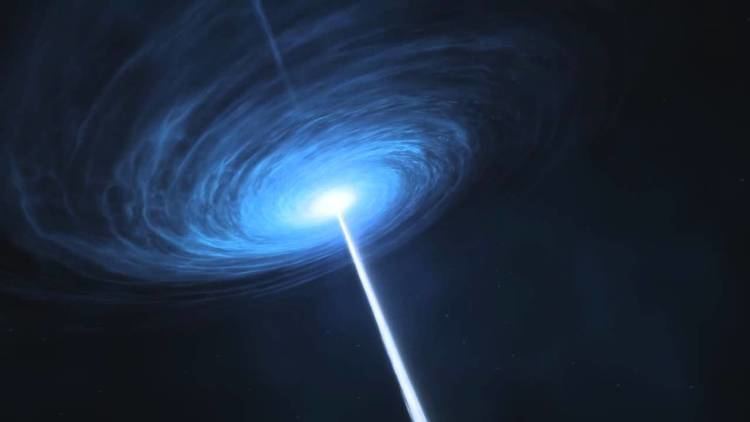Right ascension 12 56 11.1 Redshift 0.5362 ± 0.0004 | Declination −05° 47′ 22″ Magnitude 17.8 Apparent magnitude (V) 17.8 | |
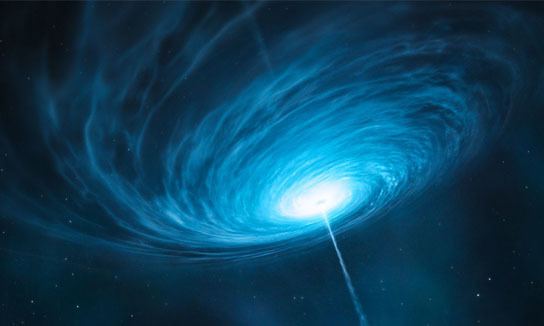 | ||
Similar 3C 273, Markarian 421, BL Lacertae, Markarian 501, 3C 66A | ||
3C 279 (also known as 4C–05.55, NRAO 413, and PKS 1253–05) is an optically violent variable quasar (OVV), which is known in the astronomical community for its variations in the visible, radio, and x-ray bands. The quasar was observed to have undergone a period of extreme activity from 1987 until 1991. The Rosemary Hill Observatory (RHO) started observing 3C 279 in 1971,; the object was further observed by the Compton Gamma Ray Observatory in 1991, when it was unexpectedly discovered to be one of the brightest gamma ray objects in the sky. It is also one of the most bright and variable sources in the gamma ray sky monitored by the Fermi Space Telescope.
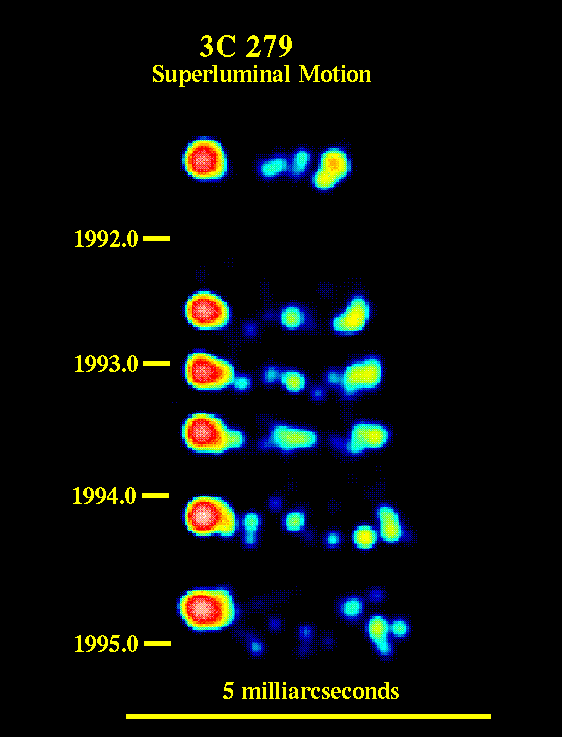
Apparent superluminal motion was detected during observations first made in 1973 in a jet of material departing from the quasar, though it should be understood that this effect is an optical illusion caused by naive estimations of the speed, and no truly superluminal motion is occurring.

Artist s impression of the quasar 3c 279
